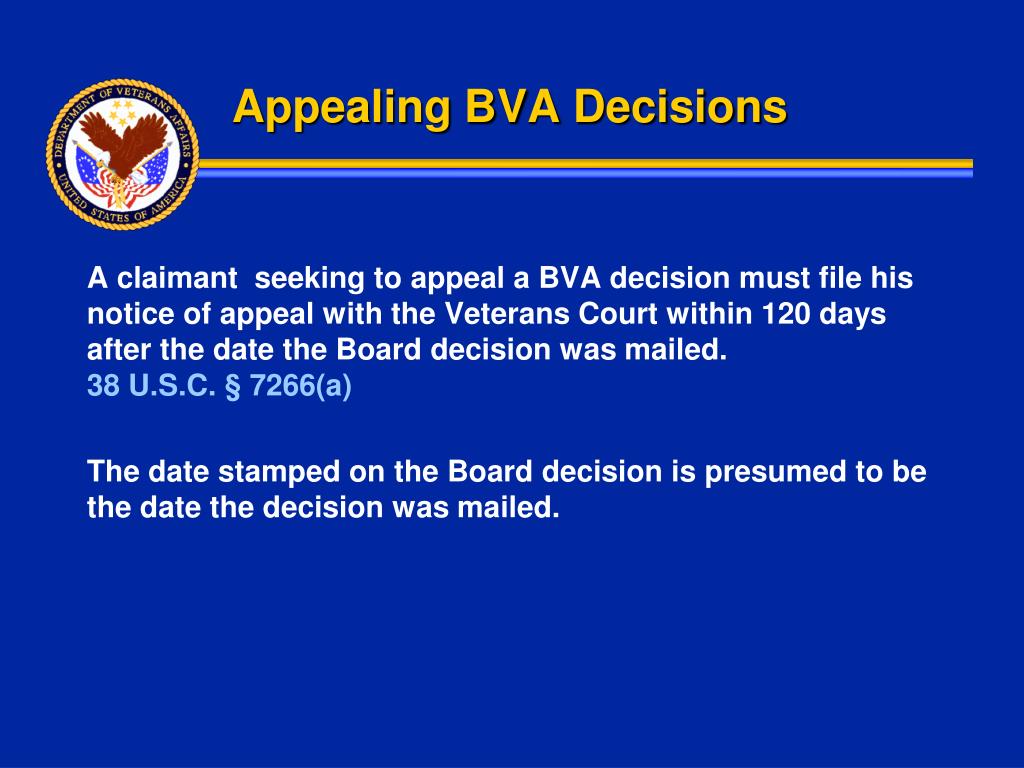
If you would like to skip to our Ratings section in the Ultimate Video Guide for PTSD, please skip to Chapter 25. This guide will break down the general rating formula for mental health conditions, the rating formula for PTSD specifically, and how veterans can best make a claim for VA disability benefits.īelow is our Ultimate Video Guide for PTSD. Additionally, the rating formula factors for PTSD are examples of severity of the condition, not an exhaustive list. However, the DSM-V symptoms are not meant to replace, but supplement, the rating formula scale for PTSD. In evaluating ratings, the VA can consider factors outside of the rating schedule. When the VA is evaluating a PTSD claim, it looks to both the rating formula and the DSM-V. Exam results go to a VA adjudicator to apply the rating formula and provide a rating for the veteran’s PTSD. It is important to note that C&P examiners do not rate claims. The VA will nearly always require a C&P exam. The VA will use medical evidence to determine the severity of the disability. A disability rating is based on the earnings lost due to the PTSD. When a veteran can show that their PTSD is service connected, the VA will assign a disability rating. There were over 63,000 new claims in 2015, and the VA compensates more than 800,000 veterans for symptoms of PTSD at some level. This condition is the 6th most-rated disability among veterans. Some examples are personal trauma, sexual trauma, combat (see: combat veterans), and reactions to training. There are many different events that cause PTSD (Post-traumatic Stress Disorder). VA Disability Rating for PTSD: Criteria, Eligibility, and Making a Strong Disability Claim

NEW! Listen to this blog by pressing the “Play” button below! Social Security Disability Benefits Guide.

List of Blue Water Navy Ships Exposed to Agent Orange (Interactive Vietnam Map).Individual Unemployability Rating Calculator.A 2023 Guide to VA Disability Rates & Pay Schedules.If you need help after your VA disability case has been remanded, contact Cuddigan Law today to have us explain the details of your case at no cost to you. A remand, on the other hand, gives your claim a second chance at being approved without filing an appeal and with your original disability date still in effect. If your claim is denied after a remand-and denied after appeal to the CAVC-you must then appeal to the Federal Circuit Court of Appeals or file a request to reopen the claim and start all over-usually with a much later effective date of disability. One benefit of a remand is that it is not a denial of your case rather, it’s an opportunity for your claim to be given more consideration (and usually more evidence).

If the BVA issues another denial, you can appeal the decision.

If you’ve appealed your VA disability case, it can be remanded back to a lower authority because more information is needed.


 0 kommentar(er)
0 kommentar(er)
